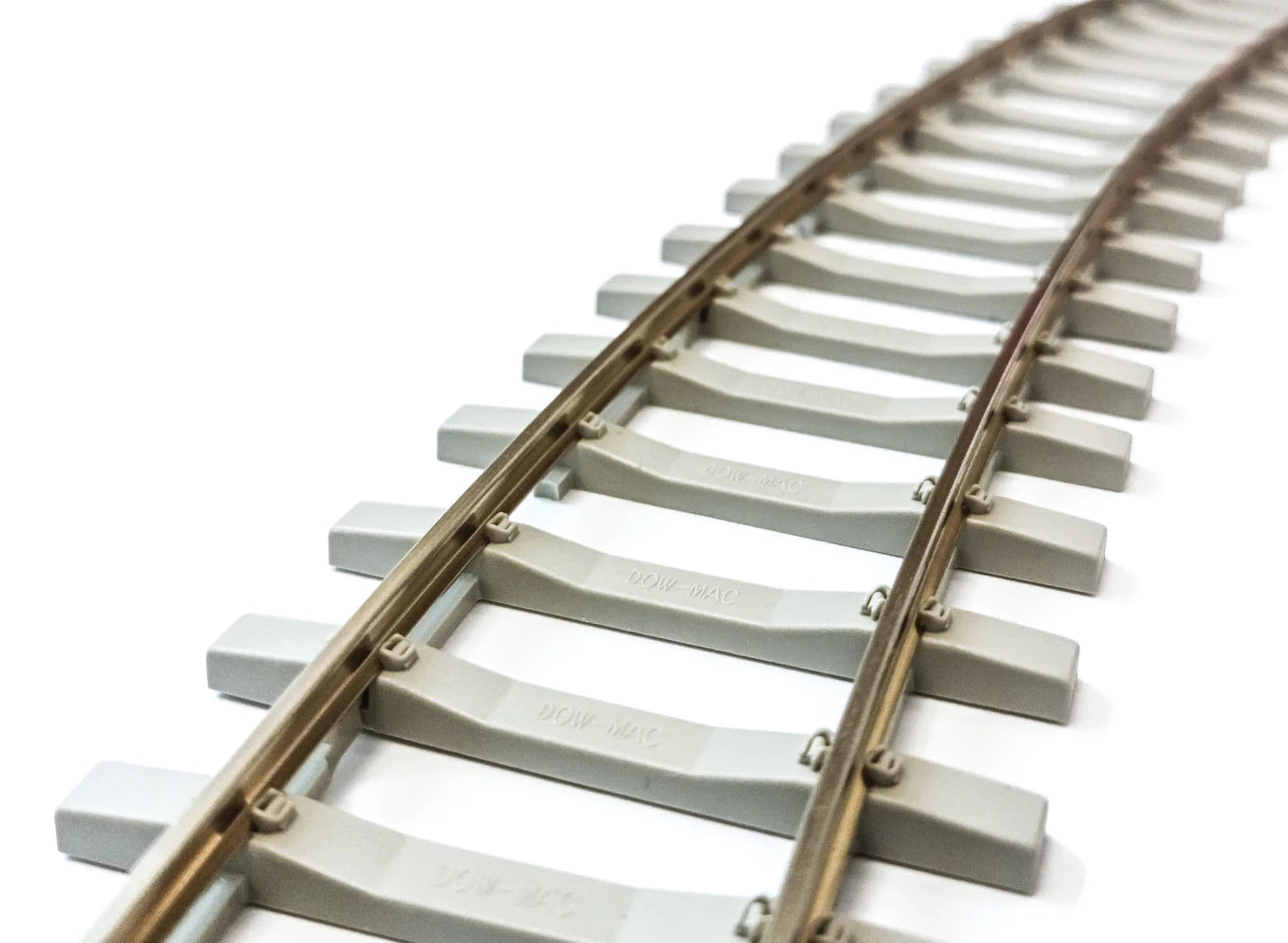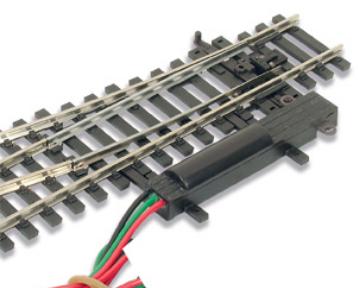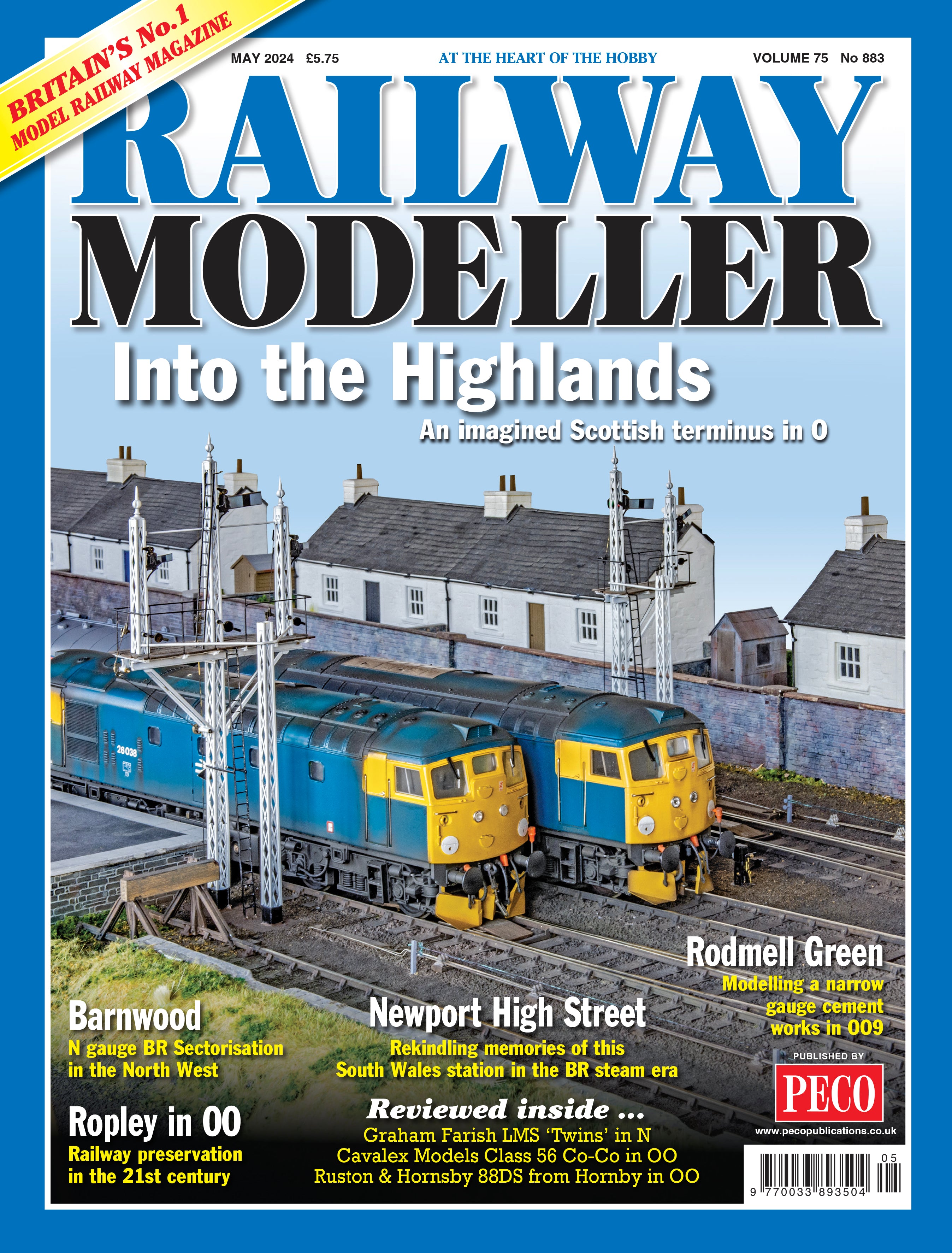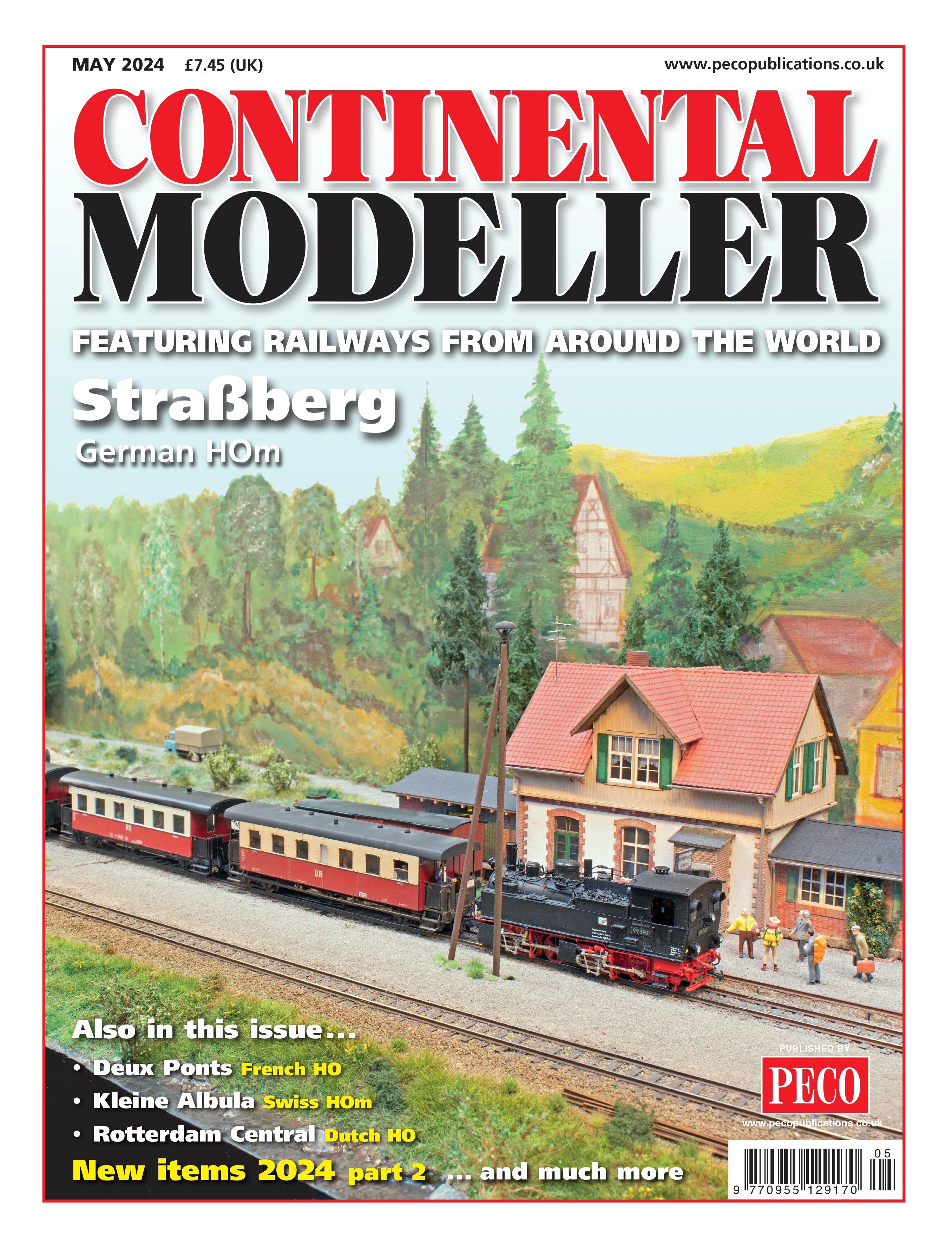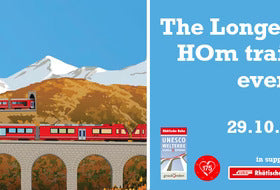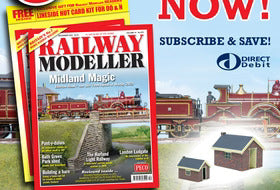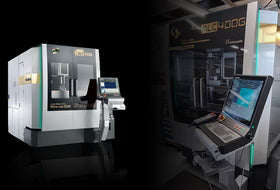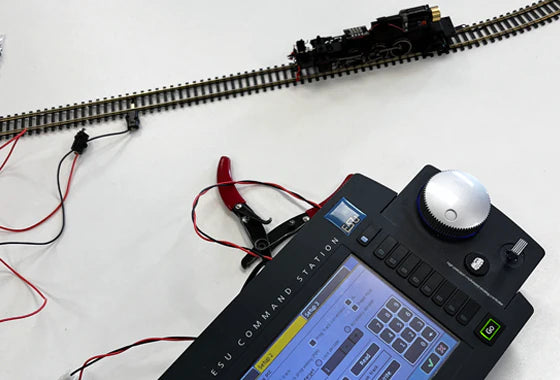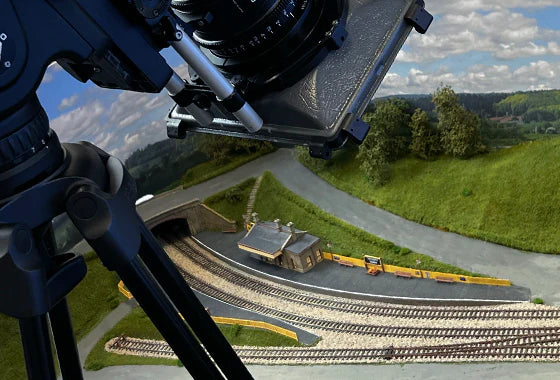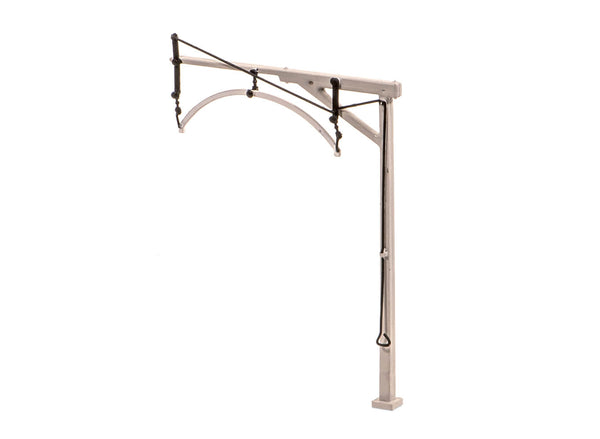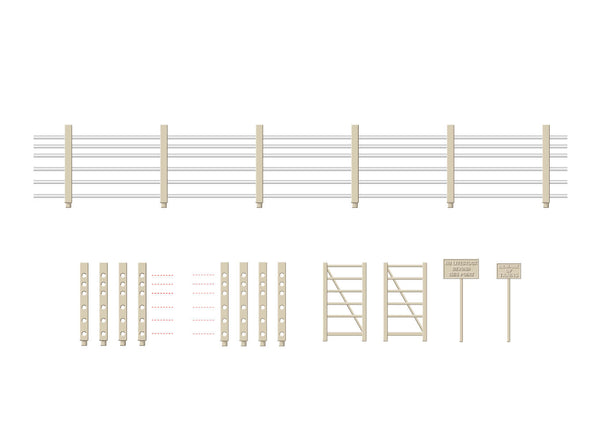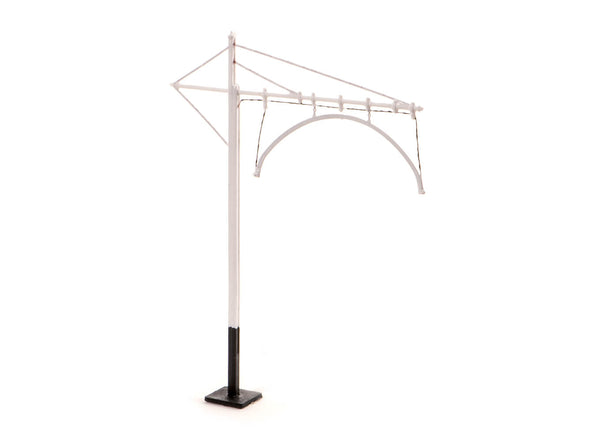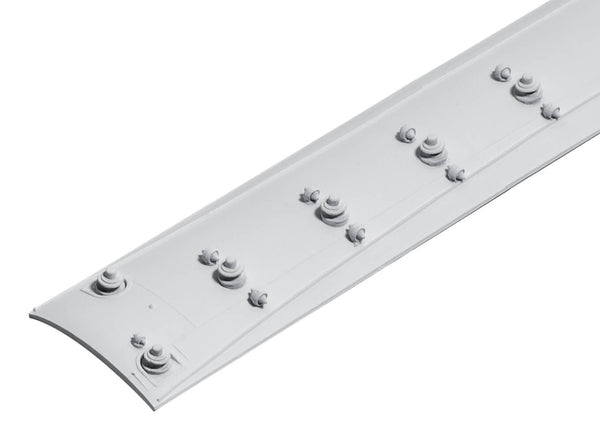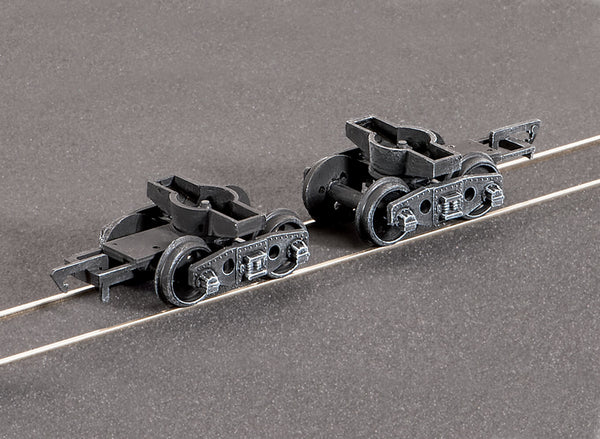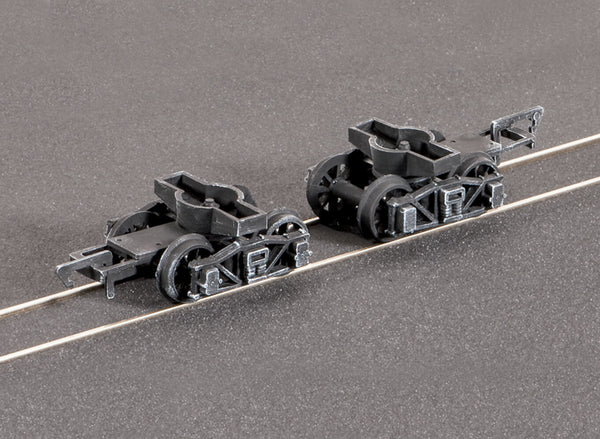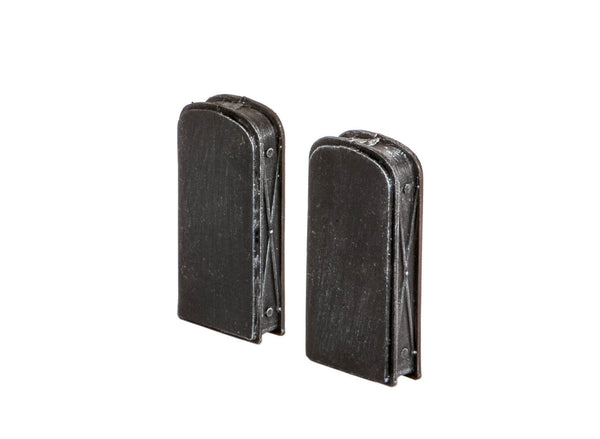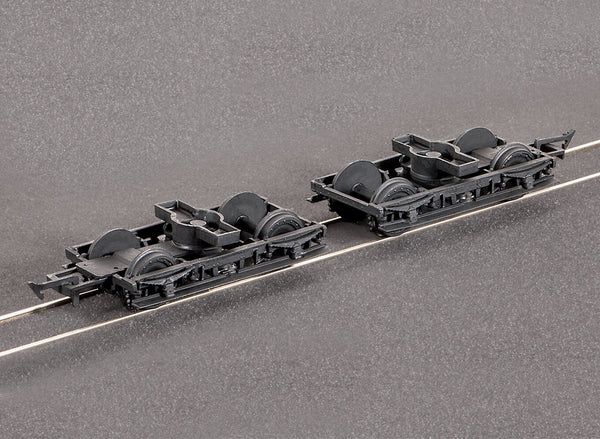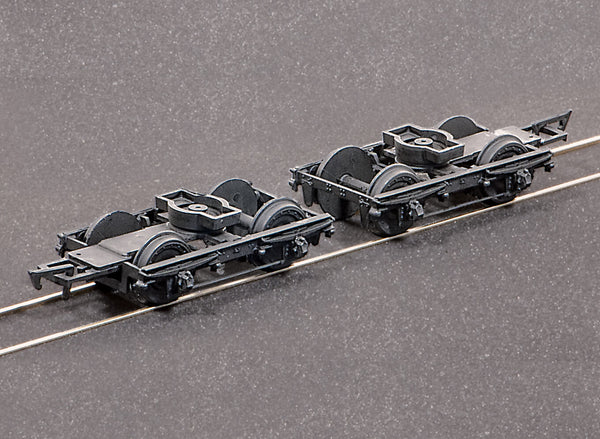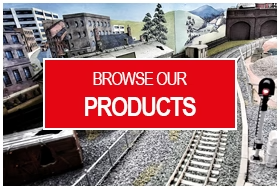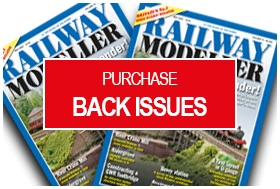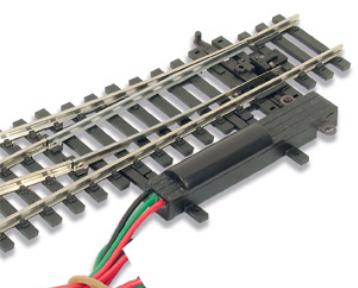BROWSE PECO PRODUCTS
Browse through our complete product portfolio.
926 Products Found
SR Loading Gauge
After loading, open wagons were checked for height using this simple gauge to ensure that loads did not hit bridges etc. and therefore were usually placed near the yard exit. Supplied with pre-coloured parts although painting and/or weathering can add realism; glue is required to complete this model.
Concrete Fencing Posts, Gates, Signs etc.
Supplied with pre-coloured parts although painting and/or weathering can add realism. The wire to represent the railings is not included; glue is also required to complete this model. This pack contains:
• 50 Fence Posts
• 10 Gates
• 10 Signs
• 5 Stand Pipes
• 15 Cow Pats!
GWR/LMS Joint Loading Gauge
After loading, open wagons were checked for height using this simple gauge to ensure that loads did not hit bridges etc. and therefore were usually placed near the yard exit. Supplied with pre-coloured parts although painting and/or weathering can add realism; glue is required to complete this model.
Wooden Staircase
A 45mm long replication of a wooden staircase, such as would be used to provide access to a signal box or other raised office/factory areas. Supplied with pre-coloured parts although painting and/or weathering can add realism; glue is required to complete this model.
Handrail Stanchions, Single Rail
Always difficult to scratchbuild, these realistic features will enhance any industrial installation that needs a single rail safety barrier. Pack contains 20 injection moulded supports and 400mm length of brass wire.
Hand Rail Stanchions, Double Rail
Keep on the right side of health and safety regulations - use these double rail stanchions in locations wherever the general public are allowed. Pack contains 20 injection moulded supports and approx 2 x 400mm length of nickel silver railing.
Signal Box Window Mouldings
Pack includes 24 9mm x 16mm classic Great Western style signal box windows.
Signal Box Chimney Mouldings
2 brick built chimney stacks with pots in kit form. Supplied with pre-coloured parts although painting and/or weathering can add realism; glue is required to complete this model.
Lamp and Ventilator Tops
Detail pack for coach roofs (roof not included). Pack contains 20 ventilators, 12 lamp tops.
GWR Plate Wagon Bogies
Pack includes parts to make a pair of these heavy duty design bogies that feature cast steel type sideframes. Kit includes bolster, wheels and tension lock couplings; supplied with pre-coloured parts although painting and/or weathering can add realism; glue is required to complete this model.
Diamond Frame Bogies
Pack includes parts to make a pair of these Bar Frame type bogies as included in the GW Bolster A kit (Ref 562) and the LMS Bogie Iron Ore Wagon (Ref 571). Kit includes bolster, wheels and tension lock couplings; supplied with pre-coloured parts although painting and/or weathering can add realism; glue is required to complete this model.
Corridor Connections
Pack contains 1 pair, essential detail for all model corridor train stock.
MR 10 feet Coach Bogies and Wheels
Pack includes parts to make a pair of these Midland railway design bogies. Kit includes wheels and tension lock couplings; supplied with pre-coloured parts although painting and/or weathering can add realism; glue is required to complete this model.
LNWR 8 feet Coach Bogies and Wheels
Pack includes parts to make a pair of these LNWR design bogies. Kit includes wheels and tension lock couplings; supplied with pre-coloured parts although painting and/or weathering can add realism; glue is required to complete this model.
